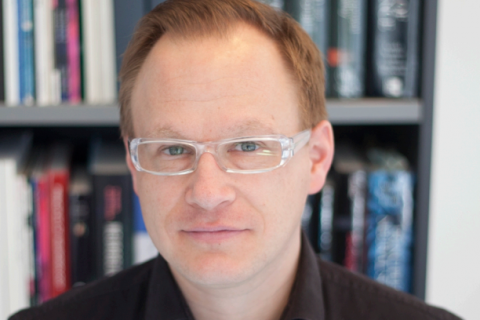
Professor Simon Hippenmeyer
Institute of Science and Technology Austria
- 10:00
- Monash University Clayton Campus, G19 Ground Floor, 15 Innovation Walk
- Dr Harald Janovjak
Abstract
The concerted production of the correct number and diversity of neurons and glia by neural stem cells is essential for intricate neural circuit assembly. In the developing cerebral cortex, radial glia progenitors (RGPs) are responsible for producing all neocortical neurons and certain glia lineages. We recently performed a quantitative clonal analysis by exploiting the unprecedented resolution of the genetic MADM (Mosaic Analysis with Double Markers) technology and discovered a high degree of non-stochasticity and thus deterministic mode of RGP behavior. However, the cellular and molecular mechanisms controlling RGP lineage progression through proliferation, neurogenesis and gliogenesis remain unknown. To this end we use quantitative MADM-based experimental paradigms at single RGP resolution to define the cellautonomous functions of candidate genes and signaling pathways controlling RGPmediated cortical neuron and glia genesis and postnatal stem cell behavior. Ultimately, our results shall translate into a deeper understanding of brain function and why human brain development is so sensitive to the disruption of particular signaling pathways in pathological neurodevelopmental and psychiatric disorders.
Bio
Simon Hippenmeyer studied Molecular Biology and obtained a PhD in Neurobiology at Biozentrum, University of Basel, Switzerland. He was an EMBO, HFSP and SNSF postdoctoral fellow at Stanford University, USA. In 2012 he joined IST Austria as Assistant Professor and became Professor in 2019. His research focuses on fundamental neurobiological questions related to neural stem cell biology, neural development and circuit assembly. Hippenmeyer was awarded CIG from EC FP7, HFSP program grant, n[f+b] grant, and in 2016 an ERC consolidator grant.
